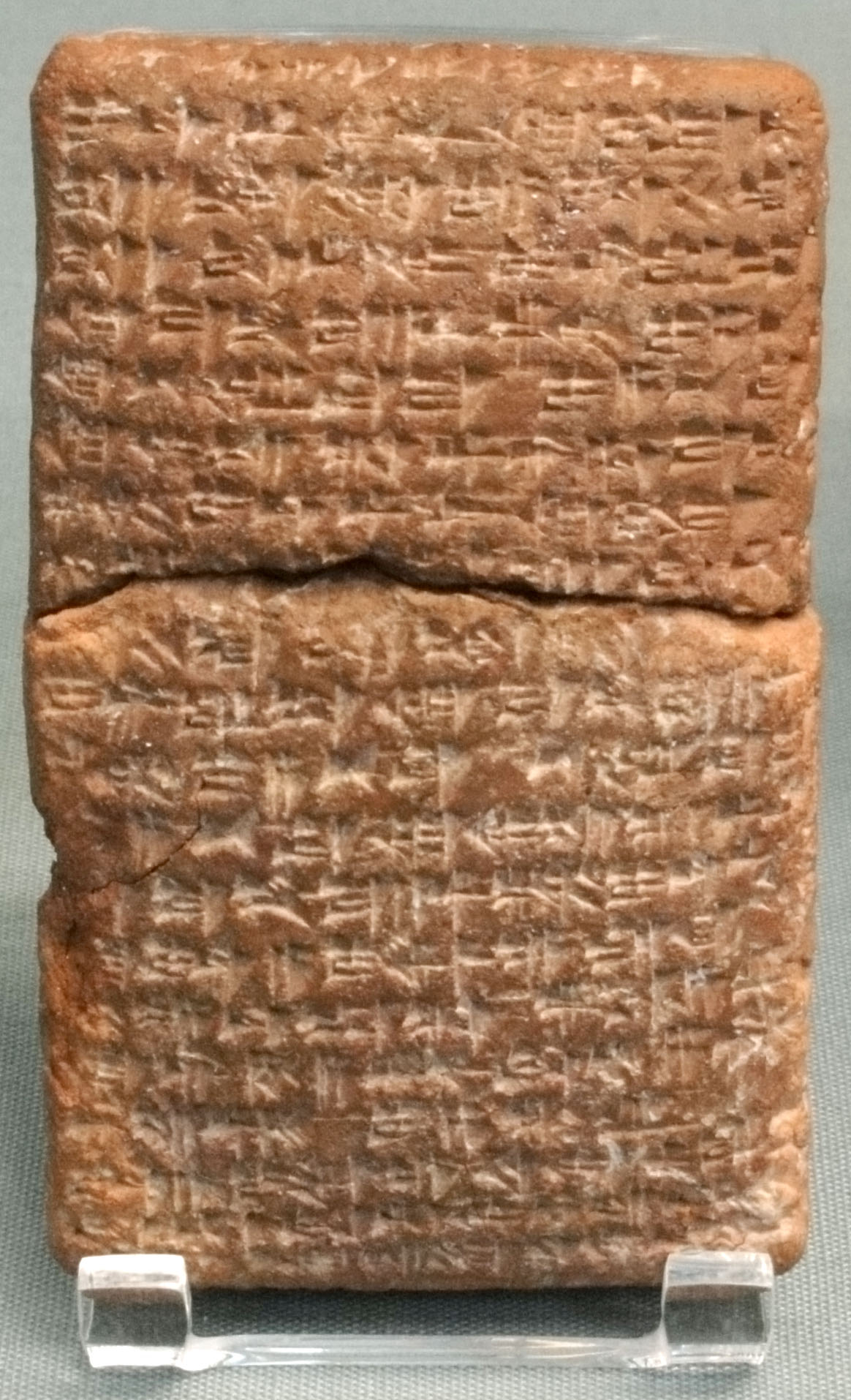 |
| Fugitive slave treaty from 1480 BC |
In my last post, I discussed the very difficult topic of
slavery, an institution one cannot avoid in any study of our country’s history—indeed,
of serious study of nearly any civilization. Though modern, reductionist
history would blame the evils of chattel slavery (i.e., treating human beings
as moveable property) solely on European colonization, beginning with Christopher
Columbus, the institution existed as a fixture in Sumerian, Babylonian, and
Egyptian cultures, as well as early South American and African societies.
So how does the practice of slavery touch the native peoples
of North America, beyond the obvious influence of Columbus?
First, slavery was definitely practiced between native
tribes, but not so much as an official institution as we understand from, say,
the Civil War era. This excellent summary by author Christina Snyder explains
it better than I could:
The history of American slavery
began long before the first Africans arrived at Jamestown in 1619. Evidence
from archaeology and oral tradition indicates that for hundreds, perhaps
thousands, of years prior, Native Americans had developed their own forms of
bondage. This fact should not be surprising, for most societies throughout
history have practiced slavery. In her cross-cultural and historical research
on comparative captivity, Catherine Cameron found that bondspeople composed 10
percent to 70 percent of the population of most societies, lending credence to
Seymour Drescher’s assertion that “freedom, not slavery, was the peculiar
institution.” If slavery is ubiquitous, however, it is also highly variable.
Indigenous American slavery, rooted in
warfare and diplomacy, was flexible, often offering its victims escape through
adoption or intermarriage, and it was divorced from racial ideology, deeming
all foreigners—men, women, and children, of whatever color or nation—potential
slaves. Thus, Europeans did not introduce slavery to North America. Rather,
colonialism brought distinct and evolving notions of bondage into contact with
one another. At times, these slaveries clashed, but they also reinforced and
influenced one another. Colonists, who had a voracious demand for labor and
export commodities, exploited indigenous networks of captive exchange,
producing a massive global commerce in Indian slaves. This began with the second
voyage of Christopher Columbus in 1495 and extended in some parts of the
Americas through the twentieth century. During this period, between 2 and 4
million Indians were enslaved. Elsewhere in the Americas, Indigenous people
adapted Euro-American forms of bondage. In the Southeast, an elite class of
Indians began to hold African Americans in transgenerational slavery and, by
1800, developed plantations that rivaled those of their white neighbors. The
story of Native Americans and slavery is complicated: millions were victims,
some were masters, and the nature of slavery changed over time and varied from
one place to another. A significant and long overlooked aspect of American
history, Indian slavery shaped colonialism, exacerbated Native population losses,
figured prominently in warfare and politics, and influenced Native and colonial
ideas about race and identity. [
Indian Slavery, emphasis mine.]
Early in my study of the colonial era, I received the
impression that the practice of enslaving Native Americans died out as the
African slave trade gained momentum, but there is increasing evidence to the
contrary.
One author’s study reveals
that the slave trade among the Indians of the West was alive and well during
the settlement and annexation of California. He also reveals how the Mormons
found the same upon their arrival in Utah, and how attempts to “rescue” the
victims of slavery only fed racial prejudice within Mormonism.
 |
| Cherokee delegation to Washington in 1866 |
A particularly startling aspect of the dynamics of slavery
on native peoples surfaced in connection with the
Cherokee and
Seminoles, both
of which were removed to Oklahoma Territory over the Trail of Tears. Apparently
it was well known and accepted that many wealthy, landholding Cherokee owned
black slaves, and took them along during the removal (see the quote above). Some Seminoles
re-enslaved blacks who escaped to Florida, although it’s reported that their
interpretation of slavery was more “fair” than that practiced to the north.
Time fails me to go deeply into any of these aspects, and I
want to make it clear that as a historian and storyteller, I’m merely making
observations, not offering a defense or pointing fingers in any way. In our own
times, however, we must understand as much of the entire picture as possible.
It is, after all, our mission here at Colonial Quills to educate about
little-known aspects of our chosen span of history.
For more reading:
The Untold History of American Native Slavery (interesting site, with a ton of supporting and related articles)
America's Other Original Sin
... and just for fun,
FACT CHECK: 9 Facts About Slavery



















